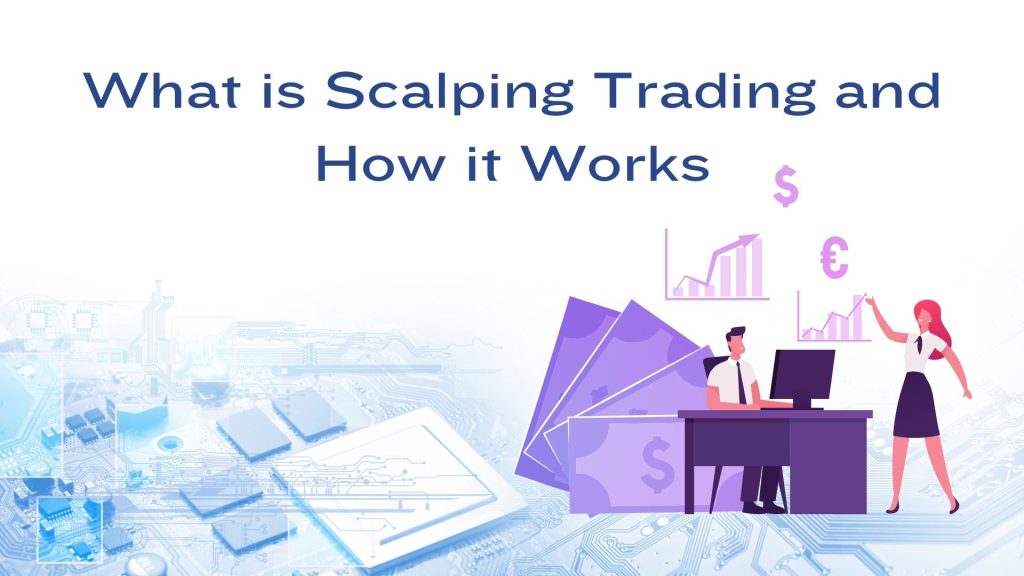
What is Scalping Trading and How Does it Work?
The scalping trading strategy aims to profit from minor price changes in the market. Scalpers try to achieve quick, small gains through rapid entry and exit from trades. Scalping is popular in Forex and stock markets due to its potential for quick returns. Traders select highly liquid markets for scalping as they can enter and exit positions swiftly without significantly impacting the price.
How Scalping Works
Scalping requires traders to make quick decisions. Only the traders who depend heavily on immediate market analysis and the ability to act swiftly on trading opportunities succeed in scalping.
Scalpers typically operate within very short time frames, such as 1-minute (M1) or 5-minute (M5) charts. These time frames allow scalpers to observe and exploit small price movements occurring within minutes.
Key Strategies for Scalping
These are strategies for traders to consider for Scalping successfully:
Technical Analysis
Technical indicators are essential for scalpers. The Stochastic Oscillator helps identify overbought and oversold levels. It suggests potential reversal points. The Relative Strength Index (RSI) measures the speed and change of price movements. It helps determine entry and exit points. The Moving Average Convergence Divergence (MACD) assists in ascertaining the direction of market trends and momentum. It provides a deep understanding of market conditions.
News Scalping Strategy
Scalpers often use the news scalping strategy. It involves capitalizing on the volatility generated by significant news events. By monitoring economic calendars and news feeds, scalpers can position themselves to trade based on the anticipated impact of upcoming economic data releases or other critical events, ensuring quick gains from resultant price spikes.
High-Frequency Scalping
High-frequency trading (HFT) strategies use sophisticated algorithms to conduct innumerable orders in fractions of a second. Institutional traders usually use this method. HFT relies on advanced technologies and high-speed internet connections to exploit minute price differences before they are accessible to the broader market.
Potential Risks
Scalping comes with its own set of risks, including:
- High transaction costs due to the large number of trades.
- Market volatility, which can cause significant losses if not managed properly.
- The need for constant market monitoring and quick decision-making.
Choosing the Right Broker for Scalping
Key considerations when choosing a broker for scalping include:
- Fast execution speeds to take advantage of short-lived trading opportunities.
- Low spreads and commissions to maximize profits on small price changes.
- Robust trading platform that supports advanced scalping techniques and reliable trade execution.
Conclusion
This overview shows the critical aspects of scalping. Aspiring scalpers should continue learning and practising, but always within a framework of rigorous risk management to safeguard against potential market volatility.
Connect with a global network of finance professionals and find the ideal trading and liquidity partners now!
Contact us now to promote your business with us!





